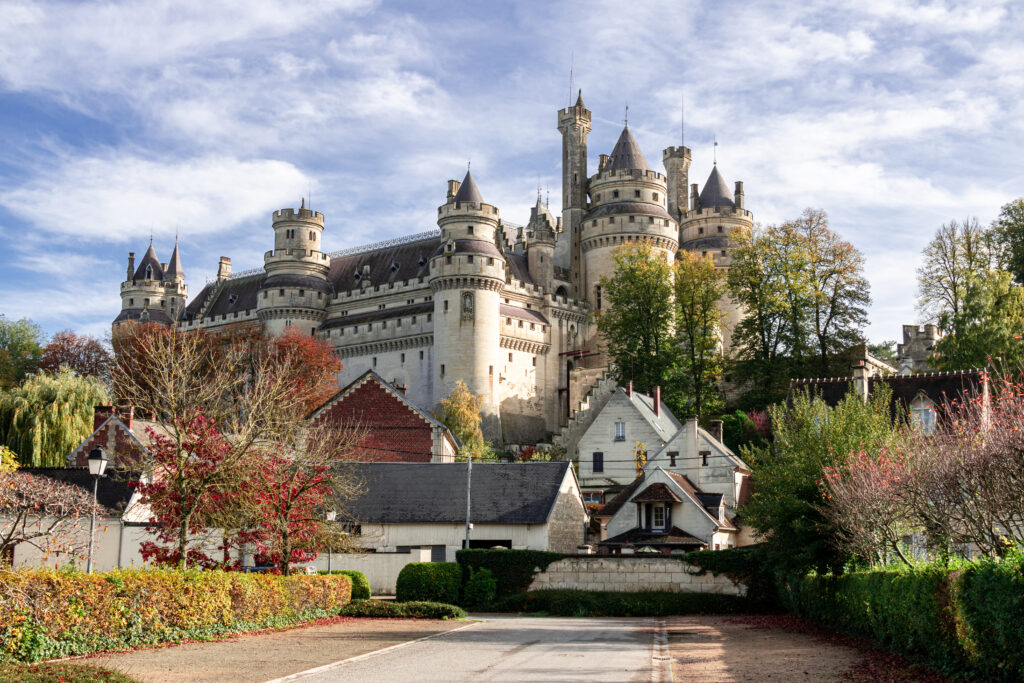
At the heart of French history, Compiègne is a city that has weathered the centuries with timeless elegance. A royal town chosen by Charles the Bald as his capital, then imperial under Napoleon I and Napoleon III, Compiègne has been the scene of many landmark events, including the capture of Joan of Arc. Today, Compiègne has preserved a remarkable medieval quarter, giving its town center a unique historical charm. Marked by the two world wars, Compiègne is also home to poignant memorial sites such as the Clairière de l'Armistice (Armistice clearing) and the Mémorial de l'Internement et de la Déportation (Internment and Deportation Memorial) at the Royallieu camp.
With its wooded areas stretching as far as the eye can see, Compiègne and the surrounding area offer a multitude of treasures to discover through our selection of the 20 must-sees in and around Compiègne.
1. Visit Compiègne castle
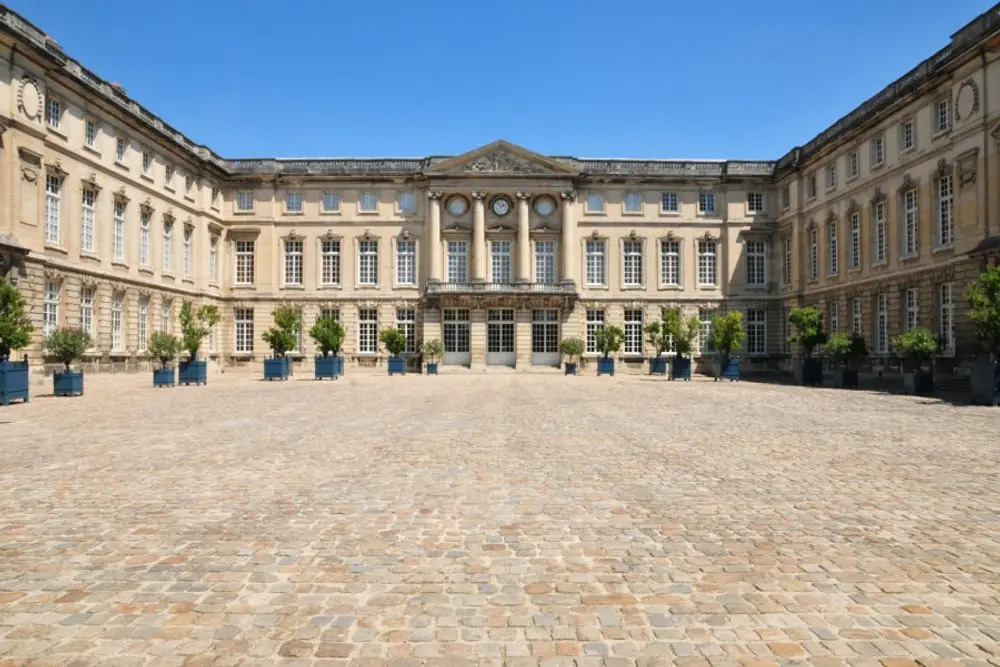
This magnificent building was originally constructed by Louis XV and Louis XVI, before Napoleon I and Napoleon III added their own personal touches. This neoclassical château, the largest in France, was a central location for the exercise of power and court life. After the fall of the imperial regime in 1870, the château became a national museum. Today, visitors can explore its sumptuous halls and galleries, discovering interior decor and furnishings of great beauty, and plunge into the private lives of some of the country's greatest sovereigns. The tour moves from the Imperial Apartments to the Second Empire Museum.
Read more: What to do in Hauts-de-France The 17 must-sees
2. Second Empire museums
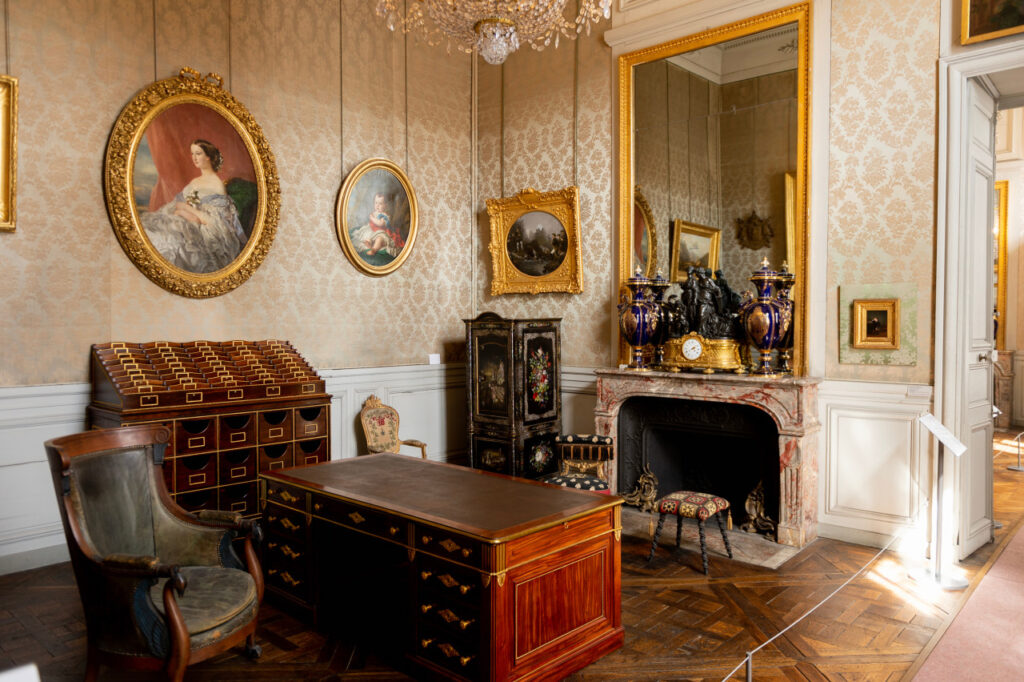
This museum traces the life of Louis-Napoléon Bonaparte's imperial family , and exhibits art objects and historical documents. As you wander through the museum's rooms, you'll see paintings recounting key episodes in the life of the imperial family, such as the prince's tragic death, hunting in the forest of Compiègne, and the sumptuous four-poster bed prepared for Sissi's (cancelled) visit. These elements testify to the importance of the palace at the time. Beyond the historical aspect, one can admire the luxury of the imperial jewels and insignia, as well as the majestic painting of Eugenie surrounded by her ladies-in-waiting, by Franz Xaver Winterhalter.
3. Stroll through the château grounds
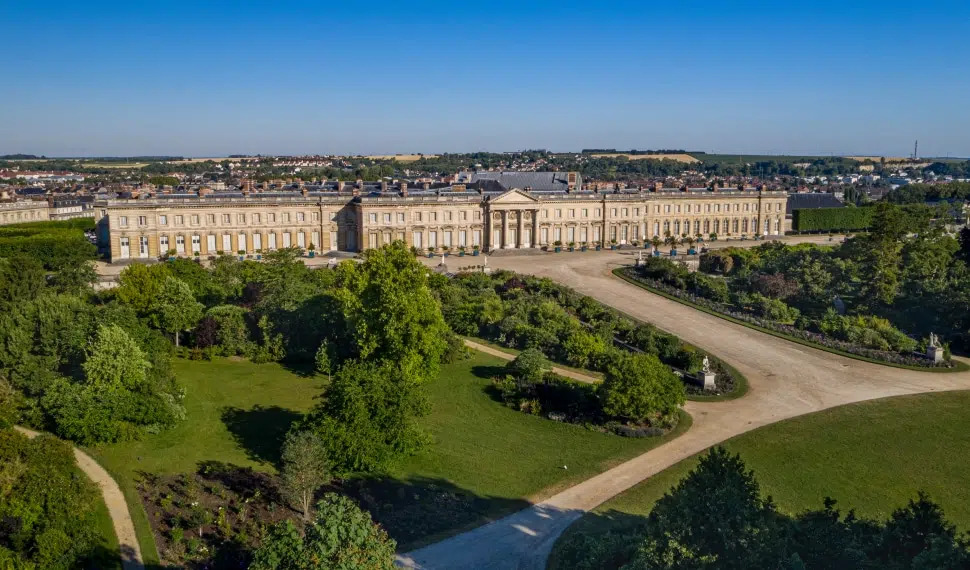
It was Napoleon I who, in 1806, transformed this park into a haven of greenery, with elegant pavilions extending into the forest and the allée des Beaux Monts. A collection ofsome thirty marble sculptures inspired by Antiquity can be discovered along the avenues. Don't miss the rose garden, open from late May to mid-June, as well as the pomegranate trees with their twisted trunks, the flower beds and the purple beech planted under Napoleon III. A popular spot for lovers and picnickers alike. Other parks worth visiting in Compiègne include Parc Debayser near the Royallieu Memorial, Parc des Remparts near the château, and Parc Songeons opposite the Joan of Arc Tower.
4. What to do in Compiègne Visit the National Car Museum
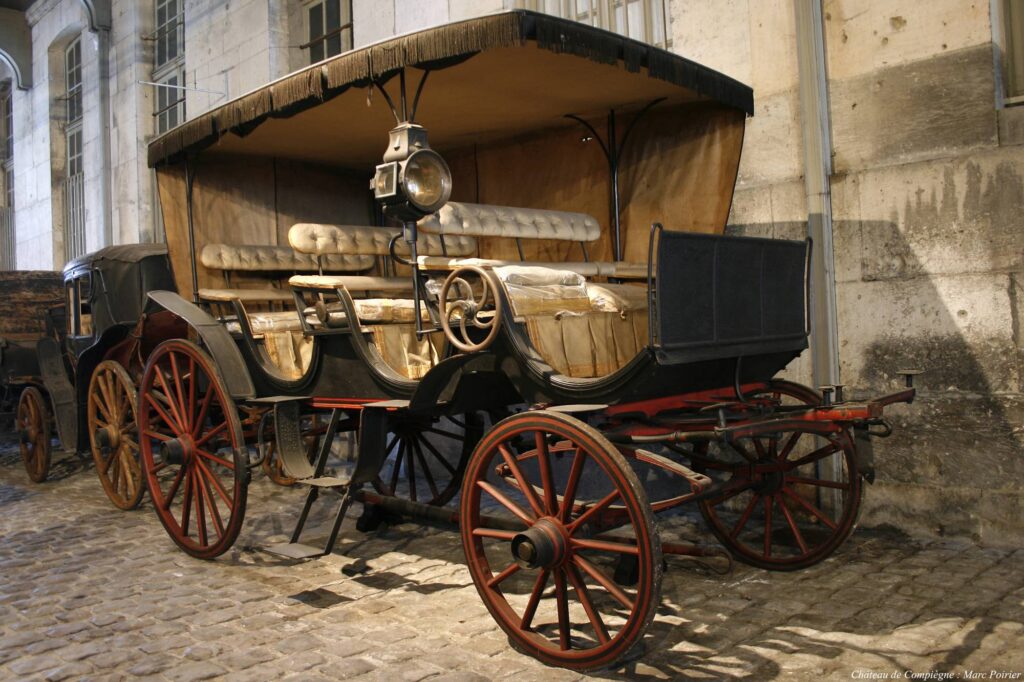
The Musée National de la Voiture houses an extraordinary collection of horse-drawn vehicles from the 18th to the early 20th century, as well as other models linked to the early days of the automobile. This is your chance to admire sumptuous 17th-century carriages up close, as well as equally impressive cars, motorcycles and bicycles. Even if you're not an enthusiast, you'll be amazed by the 1,300 items in the collection. The concept car exhibition in particular highlighted this asset of the château. The museum offers a comprehensive overview of the history of transportation.
5. Dive into history at the Musée de l'Armistice
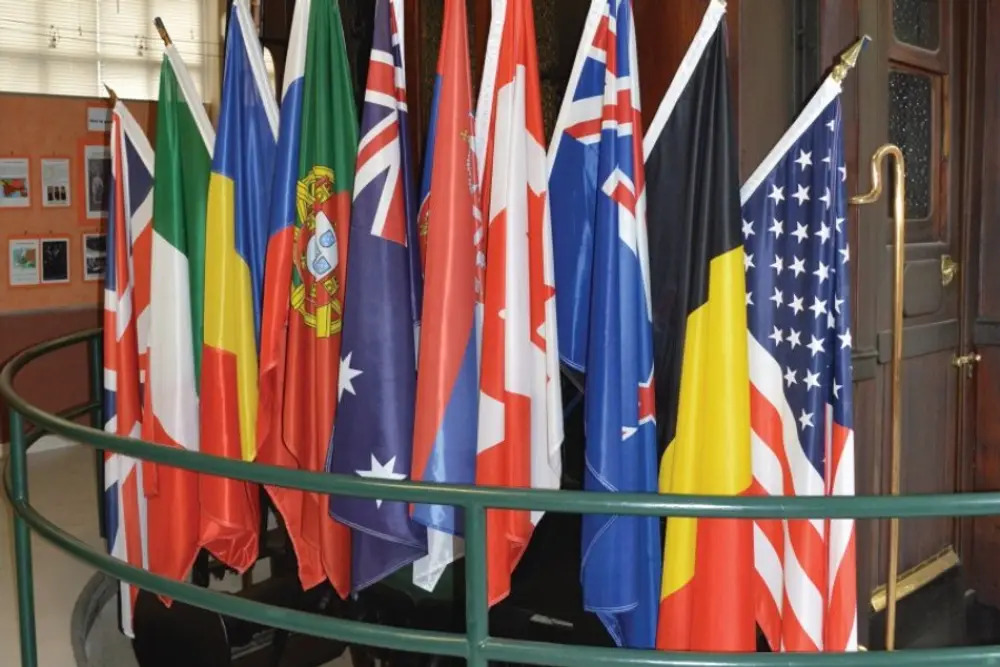
Located in the clearing at Rethondes, the Musée de l'Armistice immerses you in the history of the two world wars. From the Abri du wagon, a silent witness to the negotiations of November 11, 1918, to the diorama depicting the same wagon in the clearing, each room offers a plunge into the past. You'll discover the Marne cab, képis, cuirasses and even remnants of the famous wagon 2419D. The video room focuses on the women of the Great War. A poignant visit that combines memories, objects and symbols of peace.
6. The Imperial Theatre, one of the best stages in the world
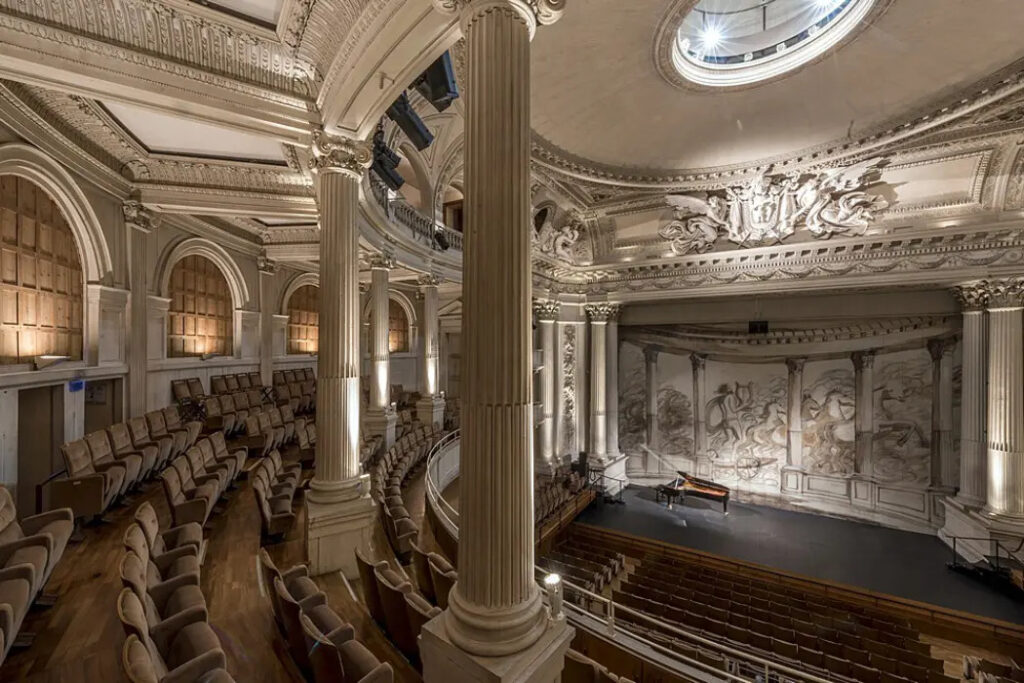
The Imperial Theatre is renowned for its exceptional acoustics, often described by illustrious musicians as one of the best stages in the world. Its unique dimensions (its 13-meter stage opening puts it on the same level as the Théâtre du Châtelet in Paris) and its ingenious system of metal constructions make it an architectural work of great importance. After a period of near-abandonment lasting almost 120 years, the theater was finally completed and reopened in 1991, becoming an internationally recognized venue for the quality of its programming. You can also explore its backstage and basement areas during events and exhibitions, offering a unique perspective on this exceptional venue.
7. The historic figurine museum: our favorite!
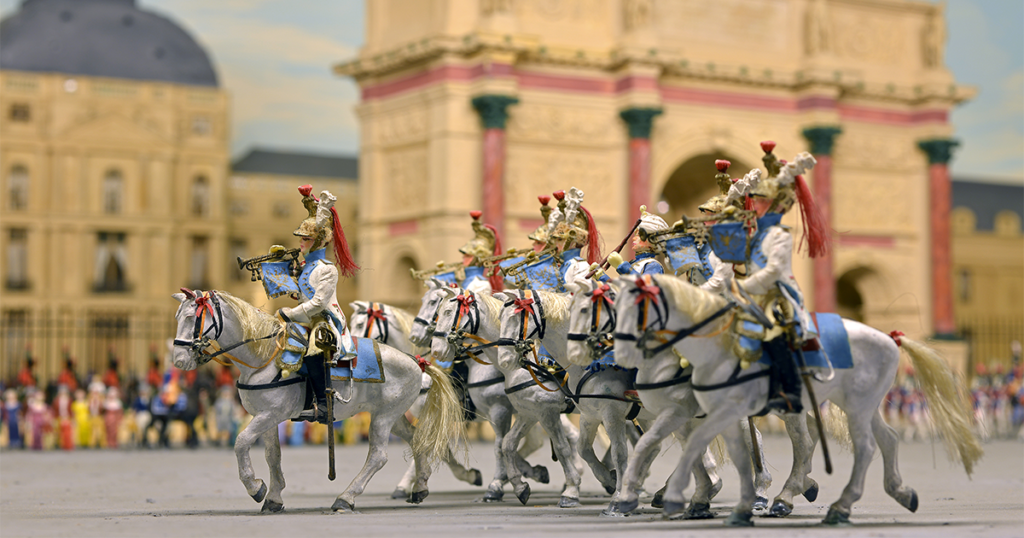
With its 155,000 figurines, this internationally renowned museum attracts many visitors. You'll quickly become captivated by this immersion in history, from ancient times to the present day. As soon as you enter, a scene depicts the Trojan Horse episode. As the city of the Armistice, the museum highlights episodes from the First World War. However, the best represented period is the First Empire, with a huge scene from the Battle of Waterloo (featuring 12,000 figurines) and fine displays on the Russian campaign. Our favorite: a bagpiper from the 71st Highlander - it's up to you to find him! One thing's for sure: we could spend hours exploring this museum.
8. Musée Antoine Vivenel, one of Europe's finest paleontology collections
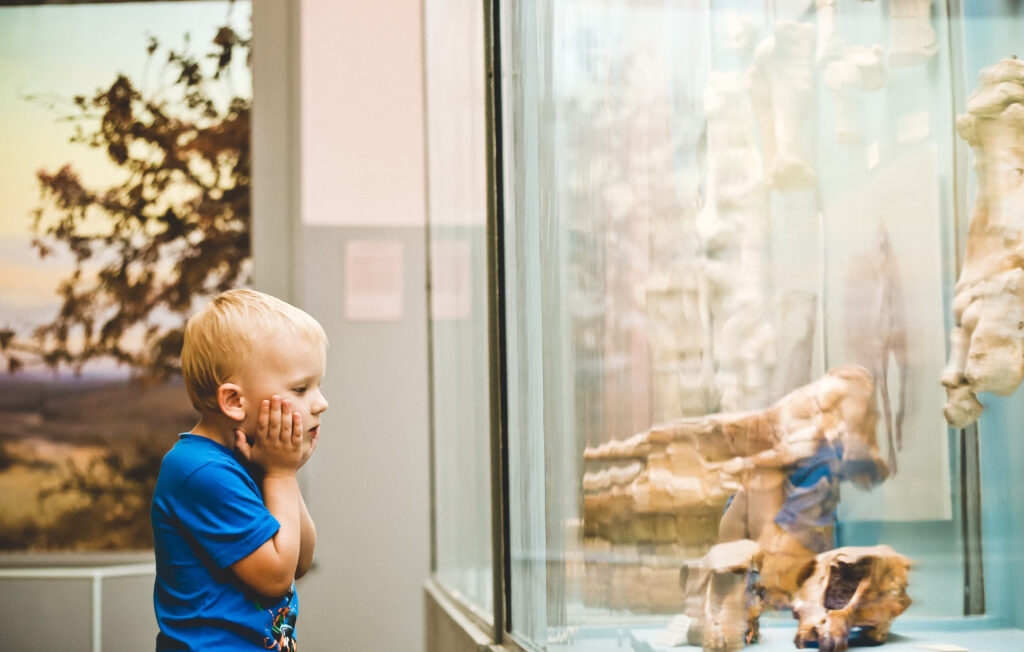
The founder of the museum that bears his name wanted to assemble a rich and diverse collection. Two centuries later, this wish continues to be fulfilled, with one of the finest paleontology collections in Europe at the Musée Antoine Vivenel. The specimens on display in the new room date back over 55 million years, just after the extinction of the dinosaurs. Mammoth teeth, fossils and turtle shells are just some of the captivating pieces on display. Incredibly, this exceptional collection comes from a quarry only ten kilometers away!
9. What to do in Compiègne See the town hall
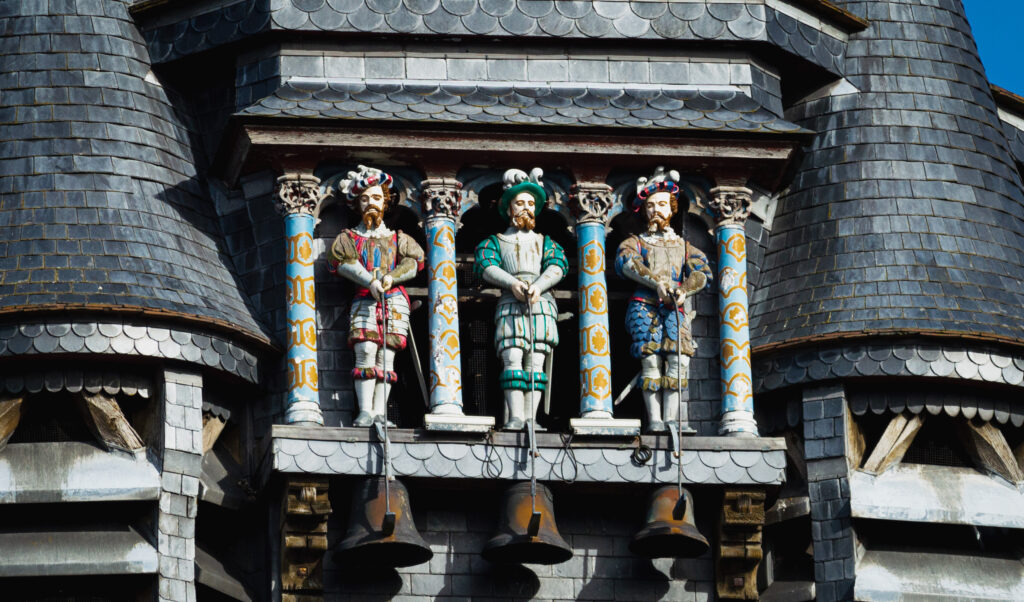
Compiègne's Town Hall boasts elegant architecture typical of the 16th-century flamboyant Gothic style. The building was restored in the 19th century at the instigation of Napoleon III. Every fifteen minutes, you'll hear the bells chime ! Above the clock, three figures are entrusted with this task. Symbols of the city, the three "Picantins" are Langlois (in red), Flandrin (in blue) and Lansquenet (in green). They represent the city's three traditional enemies: the English, the Flemish and the German!
10. The Saint-Pierre-des-Minimes area

This is THE new exhibition space in Compiègne. Located in the heart of the peaceful Promenade des Minimes, it is discreetly signposted from Rue du Dahomet, which leads to the Imperial Palace. The wall is built of white stone, some dating back to Carolingian times. This is also the site of Compiègne's oldest church, dating back to the 12th century: disused for centuries, it has now been restored. Among the highlights arethe polychrome remains of the tympanum.
11. The Royallieu Internment and Deportation Memorial
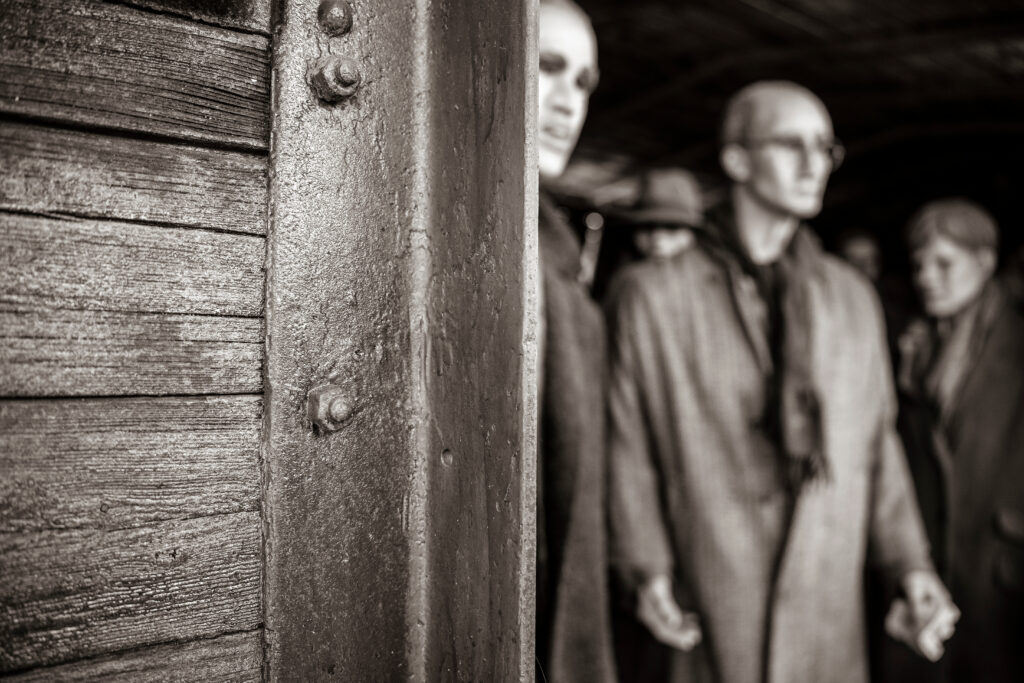
Housed in three of the original twenty-five barracks of an internment and deportation camp, the Internment and Deportation Memorial traces the history of the Second World War. Outside, you can see the exit of an escape tunnel. The museography is highly successful, in keeping with the importance of the site. It immerses visitors in the history of this place where, during the Second World War, prisoners passed through before being sent to Nazi camps. In early 2020, more than 48,000 names of deportees were inscribed on the walls of the memorial.
12. The Saint-Corneille library

Housed in a magnificent 14th-century cloister, the Saint-Corneille Library boasts a rich heritage collection of over 66,000 documents, ranging from the 12th to the 20th century, including manuscripts, printed books, old press titles, drawings, lithographs, maps and plans, sheet music, photographs and postcards. In addition to the beauty of the site (feel free to read your book in the peaceful cloister garden), the library regularly organizes meetings with writers, documentary film screenings, storytelling evenings and musical Wednesdays with concerts by students from the municipal conservatory.
13. The Musée du Cloître Saint-Corneille: another of our favorites
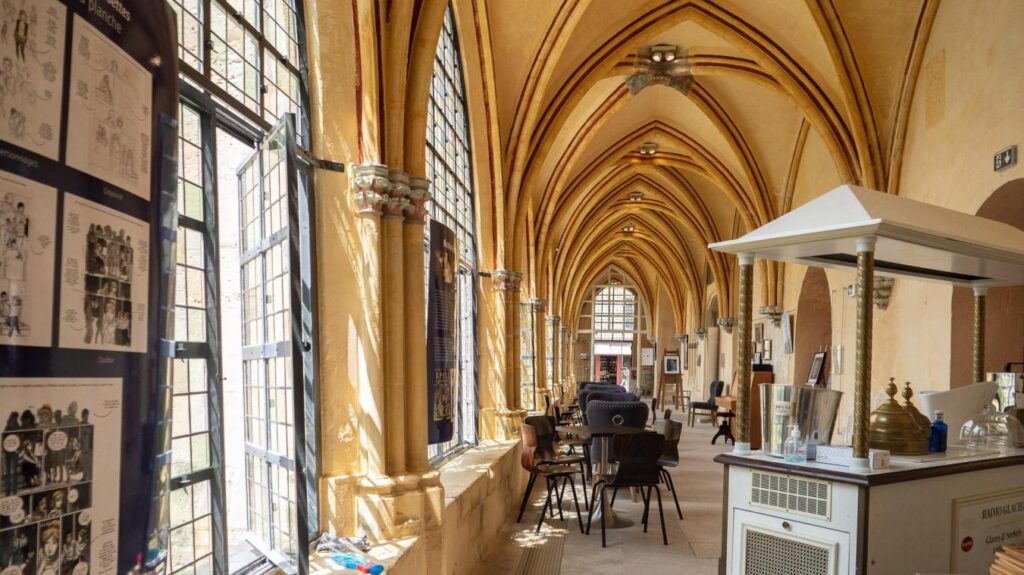
This small museum is one of our favorites. The place is bright thanks to a superb renovation of the cloister's polychromy, which has highlighted the yellow, red and green hues. What a pleasure to stroll among the statues while listening to André Dussollier's commentary! You'll discover that this is where the town was born, when Charlemagne's grandson, Emperor Charles the Bald, wanted to create a city on the scale of Aachen. In the Saint-Corneille cloister, the Virgin with Silver Feet and a magnificent Joseph of Arimathea at prayer leave visitors in awe. Simply magnificent! A visit here becomes magical during the Night of the Museums.
14. What to do in Compiègne Discover the history of the sugar industry at La Sucrerie
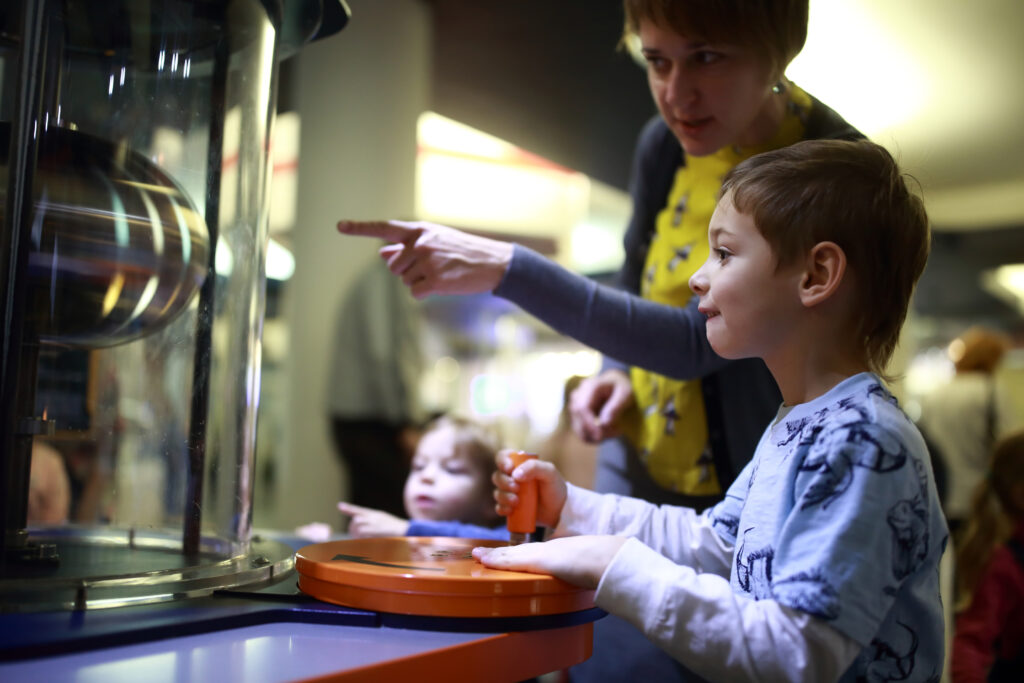
Located in Compiègne, this 19th-century sugar factory is the oldest surviving example of the sugar industry in France. It illustrates the transformation of sugar beet into sugar, the development of plant chemistry, and the paternalism of bosses Marguerite and Gaston Benoît. The birth of trade unionism and the role of women in the industry are also explored. The program includes permanent exhibitions, audio testimonials and original workshops, such as the making of Picard soap from rapeseed oil and hair gel from linseed.
15. Walking in the footsteps of the Empresses

Discover Compiègne through the "Sur les Pas des Impératrices" hiking trail, which takes you in the footsteps of empresses Josephine and Eugénie, offering an immersive experience between nature and imperial heritage. The trail begins in the Parc du Château de Compiègne, where the empresses once strolled. The hike covers 6.6 kilometers and lasts around 1h30, with a looped route classified as easy. Along the way, you can admire the racecourse, equestrian center, château and château grounds. Signposts line the route, providing information on the lives of the empresses and their influence on the region.
16. What to do in Compiègne Compiègne Forest
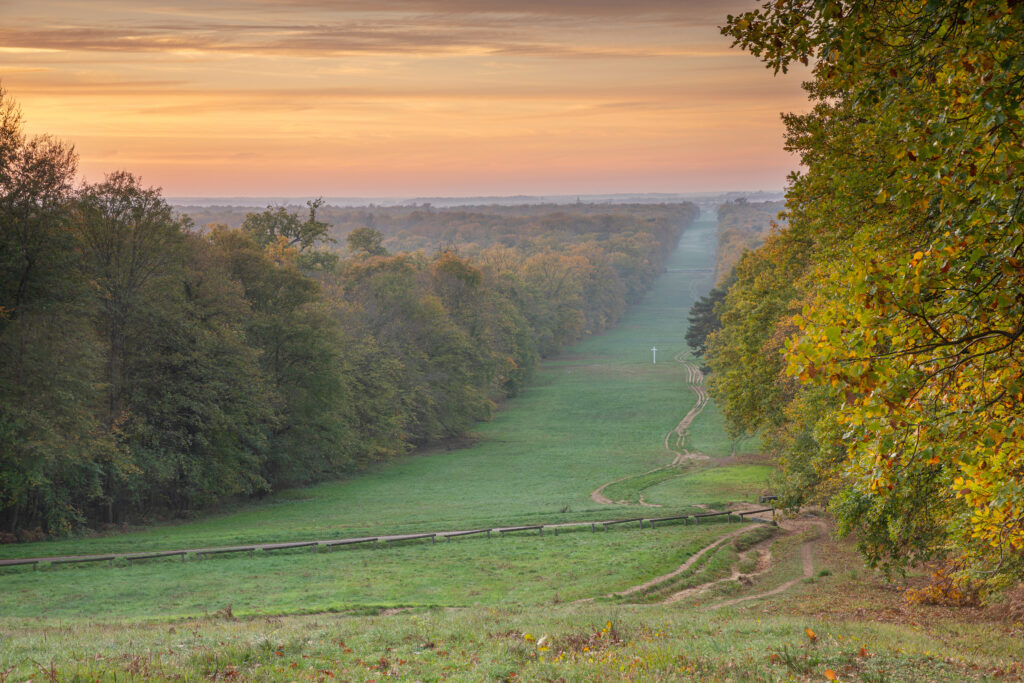
The Royal Forest of Compiègne is an ideal place for a walk away from the city, offering a unique setting. It covers 15,000 hectares and extends southwards into the forest of Villers-Cotterêts. It was here that France's first walking trails were created, guiding walkers to remarkable sites, relics and old stones. It's a great place to get away from it all.
17. Vieux-Moulin, one of Oise's most beautiful villages
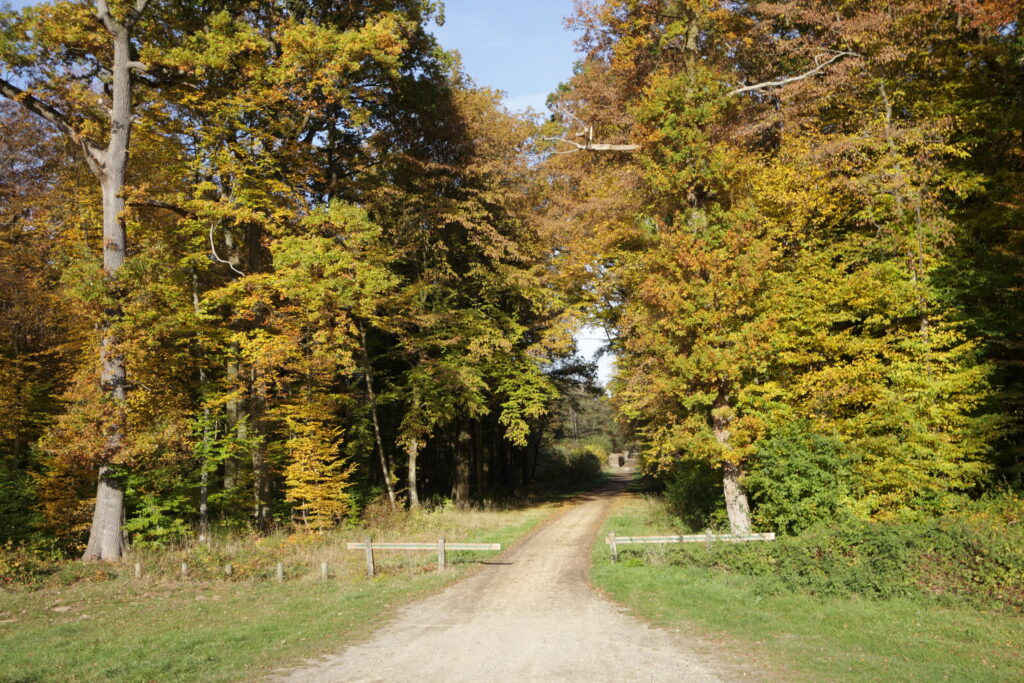
Vieux-Moulin is without doubt one of the most beautiful villages in the Oise! Its charm lies first and foremost in the surrounding forest: the magnificent Forêt de Compiègne.The small stone houses and elegant mansions dotted around the village are equally impressive. Its atypical church, designed by Napoleon III's architect, is another highlight. Don't miss the ruins of the Célestins de Saint-Pierre-en-Chastres priory and the Pavillon de l'impératrice Eugénie. Don't hesitate to visit this charming commune - you won't regret it!
18. Visit the ruins of the ancient abbey at Chiry-Ouscamp
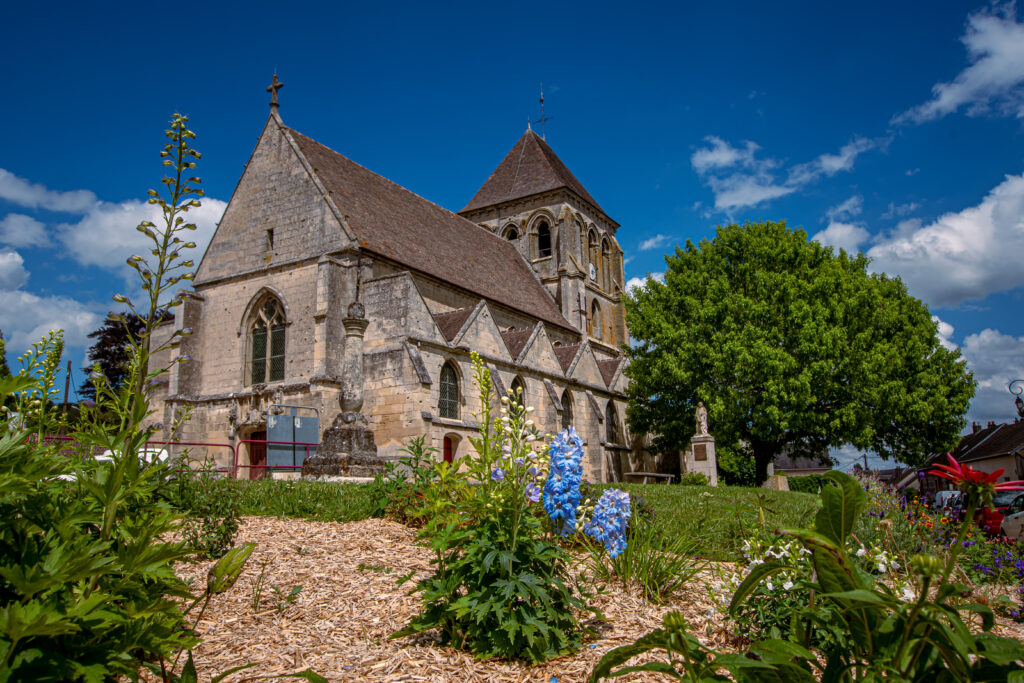
Under a beautiful light, you'll be seduced by the charm of this ruined abbey! Located in Chiry-Ourscamp, the ruins of the former Cistercian abbey are a place that invites meditation and commands respect. All that remains of the medieval abbey church is part of the choir and transept. Today, the Gesvres wing houses the brothers of the Congregation of the Servants of Jesus and Mary, who restored the abbey's religious function in 1941. Also worth seeing is the large 13th-century chapel, where services are held, a former infirmary and "room of the dead": Cistercian monks assisted their dying brothers here, laid on a layer of ash in the shape of a cross according to tradition.
Good to know: The romanticism of this site is partly due to a successful integration program. The monks have given work to over 300 people on integration schemes. In 2019, the abbey even received the national "Patrimoine emploi" award from the Fondation du Patrimoine. This restoration program has already restored the stained glass windows and roof of the main chapel, the medieval frescoes and the walkways.
19. What to do near Compiègne? Visit Pierrefonds and its Walt Disney castle

When you see the château after crossing the forest of Compiègne, you'll have the impression that it's straight out of a fairy tale or movie set. And you won't be wrong,for Walt Disney did indeed draw inspiration from it for "Sleeping Beauty". This unique blend of medieval fortress and elegant 19th-century architecture lends the château a romantic singularity. Inside, elegant rooms coexist with massive structures. The château's staff have also added a modern touch, with a "fantastic menagerie" visitor app (to discover the château with your family in the company of fantastic animals) and a touch table offering a playful approach. If you don't have enough time to visit the interior, take a tour of the château through the park (free access). Along the way, you'll see slingshots that have been preserved in their original state. Once at the top, the view of the château, the village, the pond and the forest is breathtaking! A historic monument not to be missed in Pierrefonds.
To book : take advantage of our partner's rates by booking here your admission ticket to Château de Pierrefonds.
Read more: Top 15 most beautiful villages in Northern France
20. See Gallo-Roman remains at Orrouy
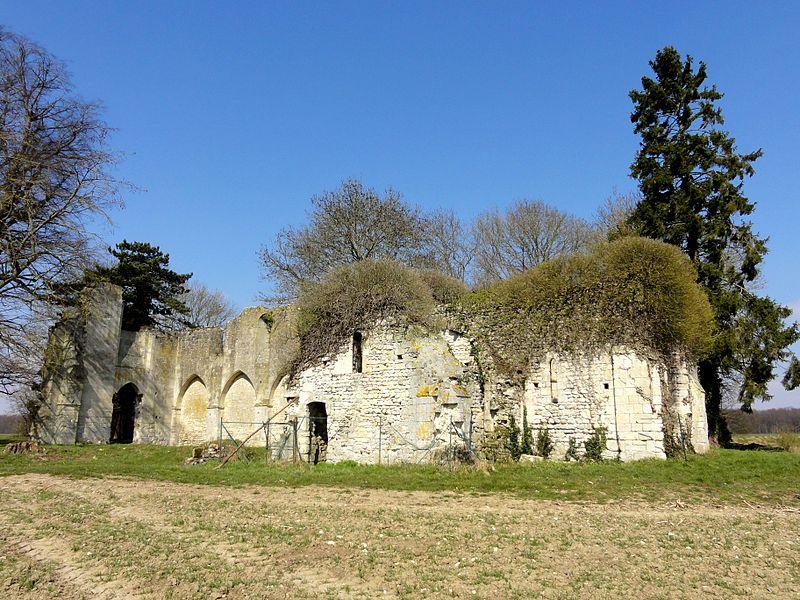
15 km from Compiègne, Orrouy is an unusual little spot to discover close to the forest. Here you'll find Gallo-Roman remains dating back 1,800 years. This small village of less than 600 inhabitants is full of charm. Situated mid-slope on a hillside on the edge of the Compiègne forest, it offers a wonderful hiking trail (details of the 8.5 km circuit are available from the Crépy-en-Valois tourist office). You'll pass a castle with high, jagged roofs, a large farm, a beautiful Gallo-Roman site, a church with a high Romanesque bell tower, remains of the old church dating from the 11th and 13th centuries, and cavées (ancient narrow valleys where rich vegetation thrives).
Where to stay in Compiègne?
In Compiègne, you have several accommodation options to suit your needs and preferences. You're sure to find the place that's just right for you among our favorites:
- The safe bet: Hotel du Nord and Restaurant La Table d'Elisa
This well-renewed hotel is a safe bet that you can book here. It has the advantage of being just 50 meters from the station, without the inconvenience of noise thanks to its soundproofing and orientation. The décor is uncluttered and the rooms offer every comfort.A full breakfast includes cold meats, cheese, cakes, fruit... The restaurant and bar (La Table d'Élisa) enjoy a very good reputation.
- The most elegant: hostellerie Du Royal Lieu
Click here to book this charming establishment set in a large landscaped park, in the heart of the town, in a 19th-century half-timbered building. The atmosphere here is one of elegance, right down to the gourmet restaurant just a few meters from the hotel, where local produce and savoir-faire combine to delight gourmets.
- The ideal option for families: the Campanile
A little out of the center of town (2 km away), this hotel is 100 m from the forest for those who want to go for a walk. Children will love the small playground nearby and the grassy areas all around. The hotel also has a restaurant offering affordable buffet meals. It's a great idea for families, and you can book it right here.


